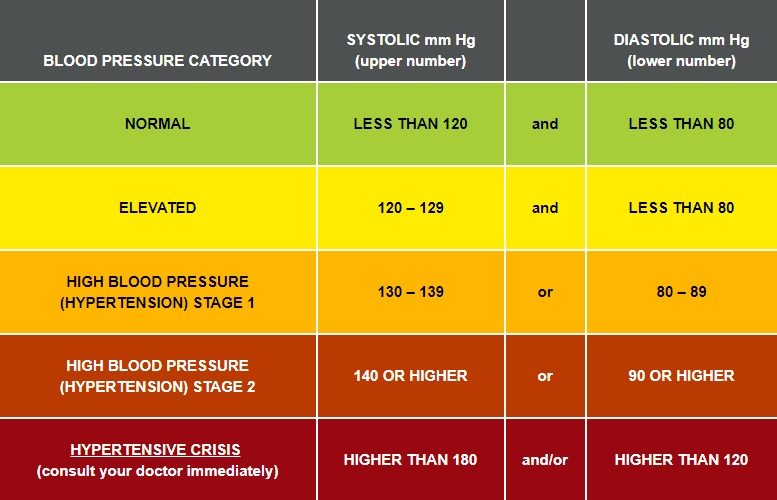It’s very important to understand blood pressure readings especially when you have HBP, because those numbers are the key to control high blood pressure. You must learn what’s considered normal – understanding your numbers could save your life one day.
Having high blood pressure puts you at risk for heart disease and stroke, which are leading causes of death in the United States. About 75 million American adults (32%) have high blood pressure—that’s 1 in every 3 adults.
Note: A diagnosis of high blood pressure must be confirmed with a medical professional. A doctor should also evaluate any unusually low blood pressure readings.
Related: 8 Natural Ways to Lower Your Blood Pressure

To understand – what do your blood pressure numbers mean – it’s important to know that we are speaking of two numbers or levels.
• The first number, which is the top number is your systolic blood pressure. So, this number represents the highest level your blood pressure reaches when your heart beats.
• The second number, which is the bottom number represents your diastolic blood pressure and it’s the lowest level your blood pressure reaches when your heart relaxes between its beats.
Which one is more important?
The top number, which represents your systolic blood pressure it’s given more attention, because it’s a major risk factor for cardiovascular disease, especially for people over 50. This number rises with age due to the increasing stiffness of arteries.
Recent studies show that the risk of death from stroke and ischemic heart disease doubles with every 10 mm Hg diastolic and 20 mm Hg systolic increase among people aged 40 to 89.
Note: Blood pressure is measured in millimeters of mercury, because this chemical element was used in the first accurate pressure gauges and it’s still used as the standard unit of measurement for pressure in medicine.

Blood pressure categories
Normal blood pressure – numbers that are within the normal range or less than 120/80 mm Hg.
Elevated – if your readings are consistently ranging from 120-129 systolic and less than 80 mm Hg diastolic, you are likely to develop high blood pressure.
Hypertension Stage 1 – if your blood pressure is consistently ranging from 130-139 systolic or 80-89 mm Hg diastolic, your doctor will prescribe you some lifestyle changes and may add blood pressure medication.
Hypertension Stage 2 – If your blood pressure is consistently at levels from 140 systolic or 90 mm Hg diastolic, your doctor will prescribe you a combination of blood pressure medications along with serious lifestyle changes.
Hypertensive crisis – if your blood pressure readings exceed 180/120 mm Hg, wait about five minutes and test again. If your readings are still high, contact your doctor immediately, because you could have a hypertensive crisis, especially if you experience chest pain, back pain, change in vision or shortness of breath.

























